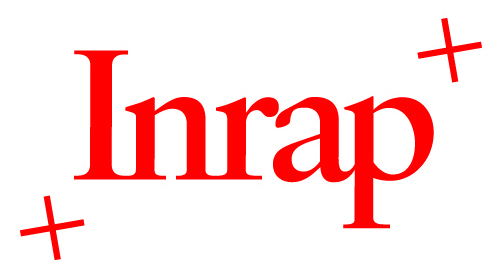Investigating birth distribution, lambing seasons and lamb meat consumption in medieval Provence from a zooarchaeological, historical and isotopic perspective
Résumé
The importance of domestic caprine in the of medieval Provence (10th-15th centuries) is no longer in doubt. Both historical andzooarchaeological research place them as the main source of meat in the cities and towns of the region. However, the latest researchcarried out in central Provence raises questions about the seasonality of animal breeding and their management in medievaltimes. Indeed, these studies came up against two contradictory visions provided, on the one hand, by zooarchaeology and thenatural reproduction cycle, and on the other, by the historical sources and the religious context. The celebration of Easter has beencharacterised from the very beginning of Christianity (2nd century A.D.) by the consumption of lamb (and young goat) meat. Theaccounts of Provençal butchers in the 14th century indicate the massive consumption of suckling lamb during spring. These animalswere aged between three and six weeks. However, in several elite contexts, in northern France, in England as well as in Provence,zooarchaeology reveals the high consumption of more mature lambs (three to six months). If their birth followed a natural cycle(late winter or spring), these individuals, though numerous, do not fit in with either religious habits or available textual sources. Thisobservation leads us to consider out of season lambing. This communication aims to explore the links between livestock husbandryand cultural / religious backgrounds. For this purpose, zooarchaeology and written records, combined with the estimation of thebirth seasons via oxygen isotope analyses, will allow us to discuss (a) the rhythmicity of the caprine meat products availability overthe year (b) the adaptation of breeding and/or commercial practices to provide the privileged populations with top-quality products.

